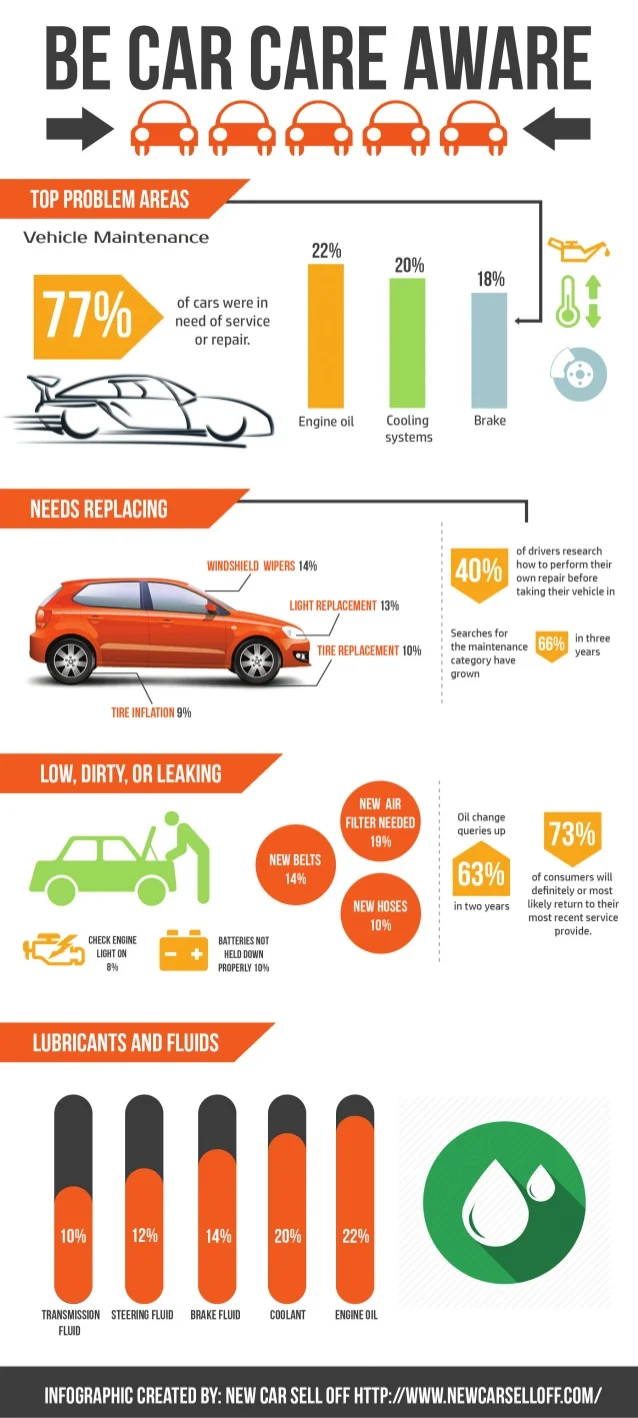Interpreting Your Auto'S Alert Lights: Their Real Implications
Interpreting Your Auto'S Alert Lights: Their Real Implications
Blog Article
Writer-Faulkner Stark
When you lag the wheel, those radiant warning lights on your dashboard can be a little bit complicated. Do you know what they're trying to inform you regarding your cars and truck's health? Recognizing the value of these lights is crucial for your safety and the longevity of your vehicle. So, the following time among those lights turns up, would not you wish to decode its message accurately and take the necessary actions to address it?
Common Caution Lights and Interpretations
Recognize typical warning lights in your cars and truck and recognize their significances to ensure risk-free driving.
One of the most normal warning lights consist of the check engine light, which signals problems with the engine or exhausts system. If this light comes on, it's crucial to have your car checked immediately.
The oil pressure alerting light suggests reduced oil pressure, calling for immediate interest to prevent engine damage.
A blinking battery light could recommend a defective charging system, possibly leaving you stranded otherwise resolved.
The tire pressure monitoring system (TPMS) light signals you to reduced tire stress, affecting car stability and fuel performance. Ignoring this can result in risky driving problems.
self car wash near me suggests a trouble with the anti-lock braking system, compromising your capacity to stop quickly in emergency situations.
Last but not least, the coolant temperature level cautioning light warns of engine getting too hot, which can lead to serious damages if not resolved promptly.
Understanding these common warning lights will aid you resolve problems promptly and keep secure driving conditions.
Relevance of Prompt Interest
Comprehending the typical caution lights in your automobile is only the first step; the value of immediately dealing with these cautions can't be highlighted enough to ensure your safety and security when driving.
When car detailing mold removal brightens on your control panel, it's your cars and truck's means of interacting a possible concern that requires interest. Ignoring these cautions can bring about a lot more serious problems down the road, endangering your safety and possibly costing you more in repairs.
Motivate attention to warning lights can prevent breakdowns and mishaps. For instance, a flashing check engine light might show a misfire that, if left ignored, could create damages to the catalytic converter. Resolving this quickly can save you from a pricey repair service.
Similarly, a brake system warning light might indicate reduced brake liquid or worn brake pads, crucial components for your safety when driving.
DIY Troubleshooting Tips
If you see a caution light on your dashboard, there are a couple of DIY troubleshooting ideas you can attempt before looking for specialist aid.
The primary step is to consult your automobile's manual to recognize what the certain caution light suggests. Occasionally the concern can be as easy as a loose gas cap causing the check engine light. Tightening the gas cap may fix the trouble.
Another common issue is a reduced battery, which can trigger numerous cautioning lights. Inspecting the battery links for corrosion and ensuring they're safe might take care of the issue.
If a warning light continues, you can try resetting it by disconnecting the car's battery for a few mins and after that reconnecting it. Additionally, inspecting your car's fluid levels, such as oil, coolant, and brake liquid, can help fix alerting lights associated with these systems.
Conclusion
Finally, understanding your automobile's warning lights is crucial for keeping your lorry running smoothly and safely. By promptly dealing with https://caidenfzytn.webdesign96.com/31732698/experience-the-transformative-patterns-forming-the-future-of-automobile-repair-service-from-electrical-lorries-to-ai-integration-that-will-certainly-reinvent-the-sector and understanding what they indicate, you can prevent pricey fixings and potential failures.
Keep in mind to consult your automobile's handbook for specific information on each cautioning light and act as necessary to guarantee a trouble-free driving experience.
Remain informed, stay safe on the road!
